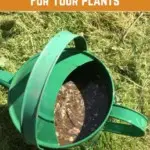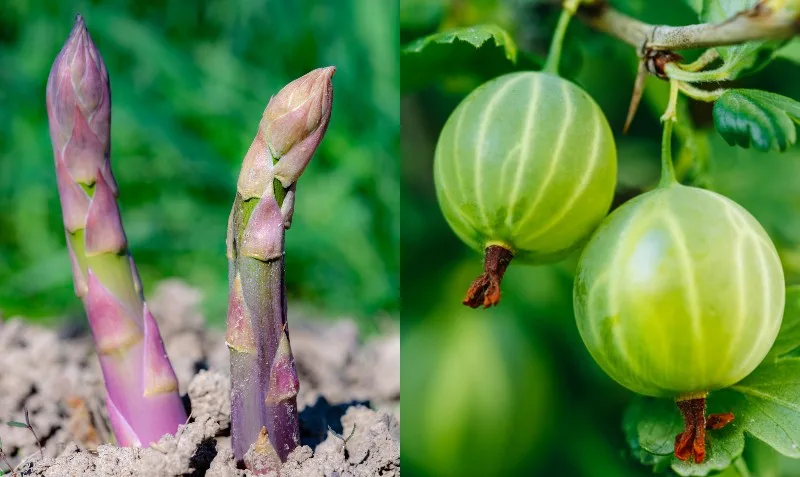
Creating compost is key to successful organic gardening. It is an important skill that all gardeners should learn.
Compost can be used as a growing medium in pots and containers, to start seeds and grow-on plants. It can be spread as a mulch to replenish the fertility of growing areas, or used to create new garden beds.
But there is another way to use compost – not in solid, but in liquid form.
A good quality home-made compost can also be used to create compost tea – a valuable fertilizer that can be used for watering around your plants to replenish soil fertility, or as a foliar feed.
In this article, we will discuss how to make compost tea – beginning with the basics of what it is and how to produce the compost from which it is made. We will then move on to discuss how to make it and where and how to use it in your garden.
What is Compost Tea?
Compost tea might not sound like the most delicious of drinks. But to many of your plants – that is exactly what it will be.
Compost tea is simply a nutrient rich liquid made by combining the compost that you make in your garden with water. It really is as simple as that.
By combining compost with water, you are basically transferring the nutrients in the soil-like material into a liquid. This can then be used to give plants a drink.
You may wonder why you would not just use the compost in its original form to fertilize your plants. Well, the answer is that in liquid form, the plants can take up the nutrients in the mix more quickly. Just like a cup of tea for a human being, a compost tea can give plants in your garden a speedy boost.
Creating Compost
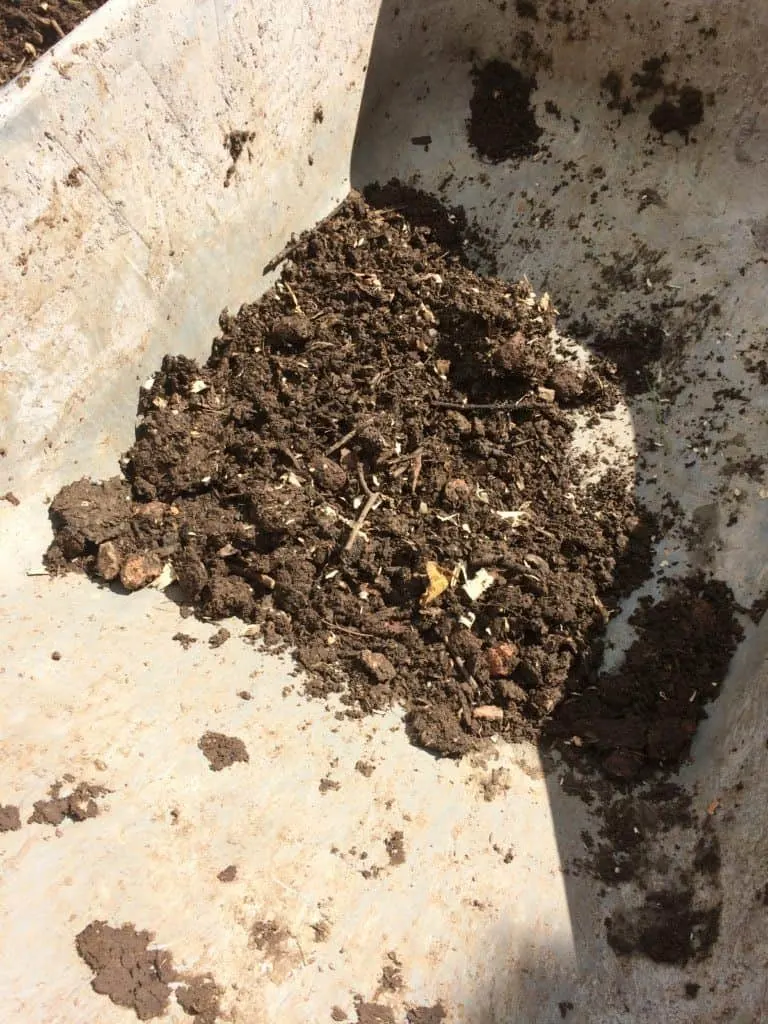
Creating a good compost tea begins with creating a good quality compost, with a good composition and balanced nutrient blend. Before we go on to talk about the simple process of making compost tea, let’s just take a moment to go over the basics of creating compost:
Types of Composting:
There are a wide range of different types of composting, all of which can be used to provide the material you will need to make compost tea. These include:
- Cold composting (in a heap or compost bin).
- Hot composting (in a special bin or other heat-retaining vessel).
- Vermiculture (creating compost in a container with the help of special composting worms).
Choosing which method or methods of composting to use is the first step in making an effective compost tea.
Materials for Composting:
Creating a good compost involves a basic understanding of the different sorts of material in a compost heap. The materials are usually grouped into two categories – carbon rich ‘brown’ materials and nitrogen-rich ‘green’ materials.
Both types are needed in order to create a good-quality compost. Brown materials include cardboard, straw, twiggy material, wood chips and bark.
Green materials include green leafy matter, grass clippings, and fruit and vegetable scraps. In order to get a good mix in your compost, you should add ‘brown’ and ‘green’ materials in thin layers.
In addition to thinking about getting the right mix of carbon-rich and nitrogen-rich materials in your compost, creating good compost also involves thinking about getting a good balance of the main nutrients that plants need to grow.
These are nitrogen, phosphorus and potassium, as well as the various micro-nutrients needed by plant life. Adding a good mix of different ingredients to your compost will help to create a compost with a good nutrient balance.
Water and Composting:
Another thing to think about when creating good quality compost is the water content of the system. Too much water, and the composting can become smelly and anaerobic, and aeration can become insufficient. Too little, and the creatures that help with composting, from worms to bacteria, can die, and the process won’t work (or at least not nearly as well).
Making sure that there is the right moisture level in your compost, no matter which type of composting you try, is key to success.
Making Compost Tea
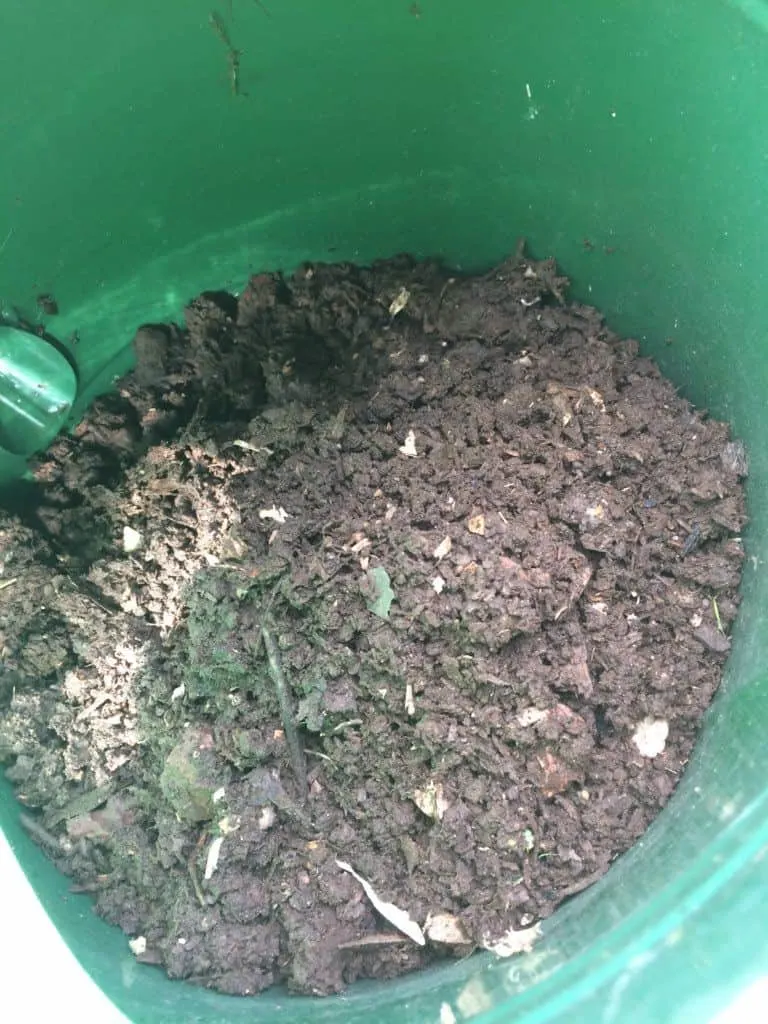
Once you have created a good quality compost, it is time to turn that crumbly, friable material into a liquid feed. To do so, you should:
- Sift the compost to remove any large twigs, stones or other items that have not broken down.
- Fill a bucket, can or other vessel 1/3 full of this compost.
- Fill the remainder of the container with water. (Ideally rainwater rather than tap water.)
- Give the mixture a good stir.
- Leave the mix to sit for a week or two until the nutrients have infused the water.
- Strain the resultant liquid through a cloth or strainer.
- Use this compost tea on your plants right away. (It is best to use this strained fluid immediately, or at least within a day or two so that the nutrients are not lost.)
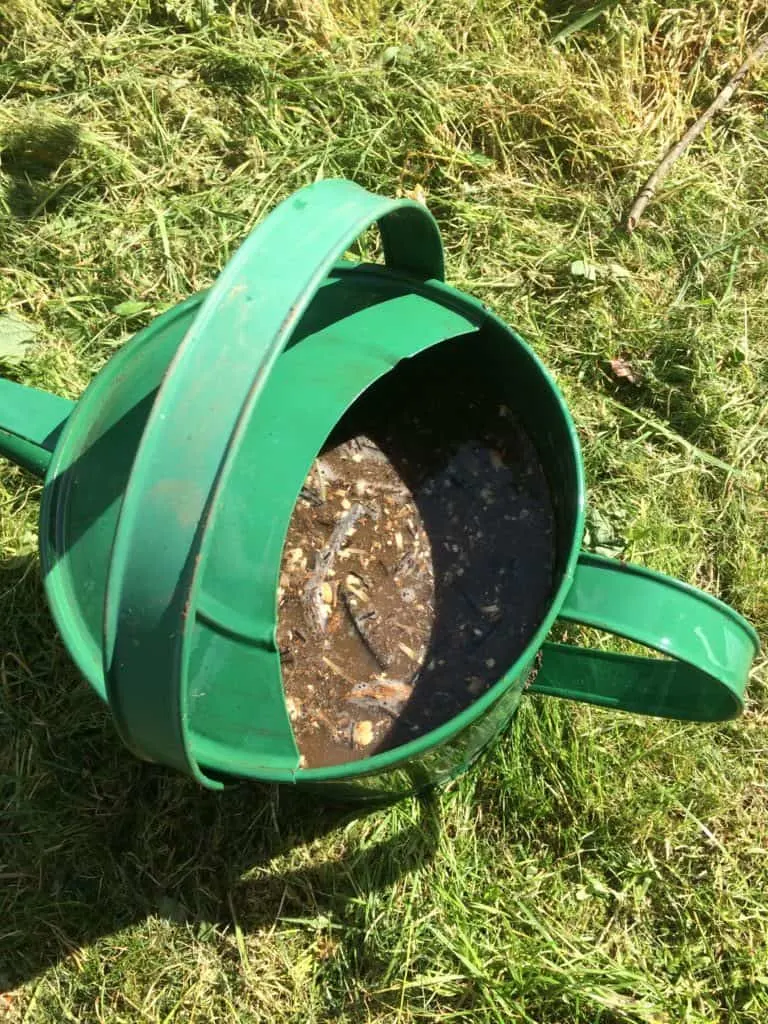
Using Compost Tea
You can place this mix in a watering can and use the compost tea that you have created to water as you would usually do. Just as you would with water alone, pour this around the base of your plants.
This is a general purpose feed that should give your plants a reasonably balanced dose of all the major nutrients and macro-nutrients that they require for growth and good health.
You can use this around most plants, though it is best to use it around more mature plants rather than very young seedlings. It is difficult to be sure of the exact nutrient balance and if the nitrogen content is too high, for example, this could harm young plants.
Another thing you can consider is placing the compost tea in a plant sprayer or mister. This can then be used as a foliar feed – sprayed directly onto the leaves of your plants to give them a quick boost.
Use your compost tea judiciously on and around your plants to keep it growing strong.

Get the famous Rural Sprout newsletter delivered to your inbox.
Including Sunday musings from our editor, Tracey, as well as “What’s Up Wednesday” our roundup of what’s in season and new article updates and alerts.


